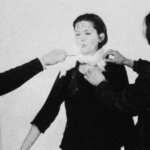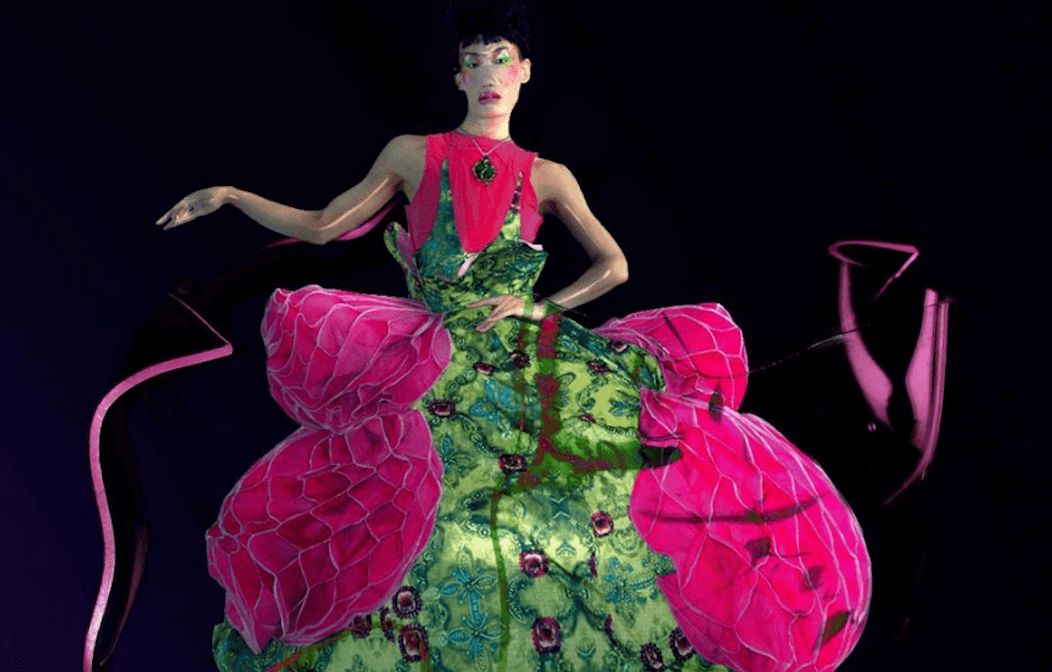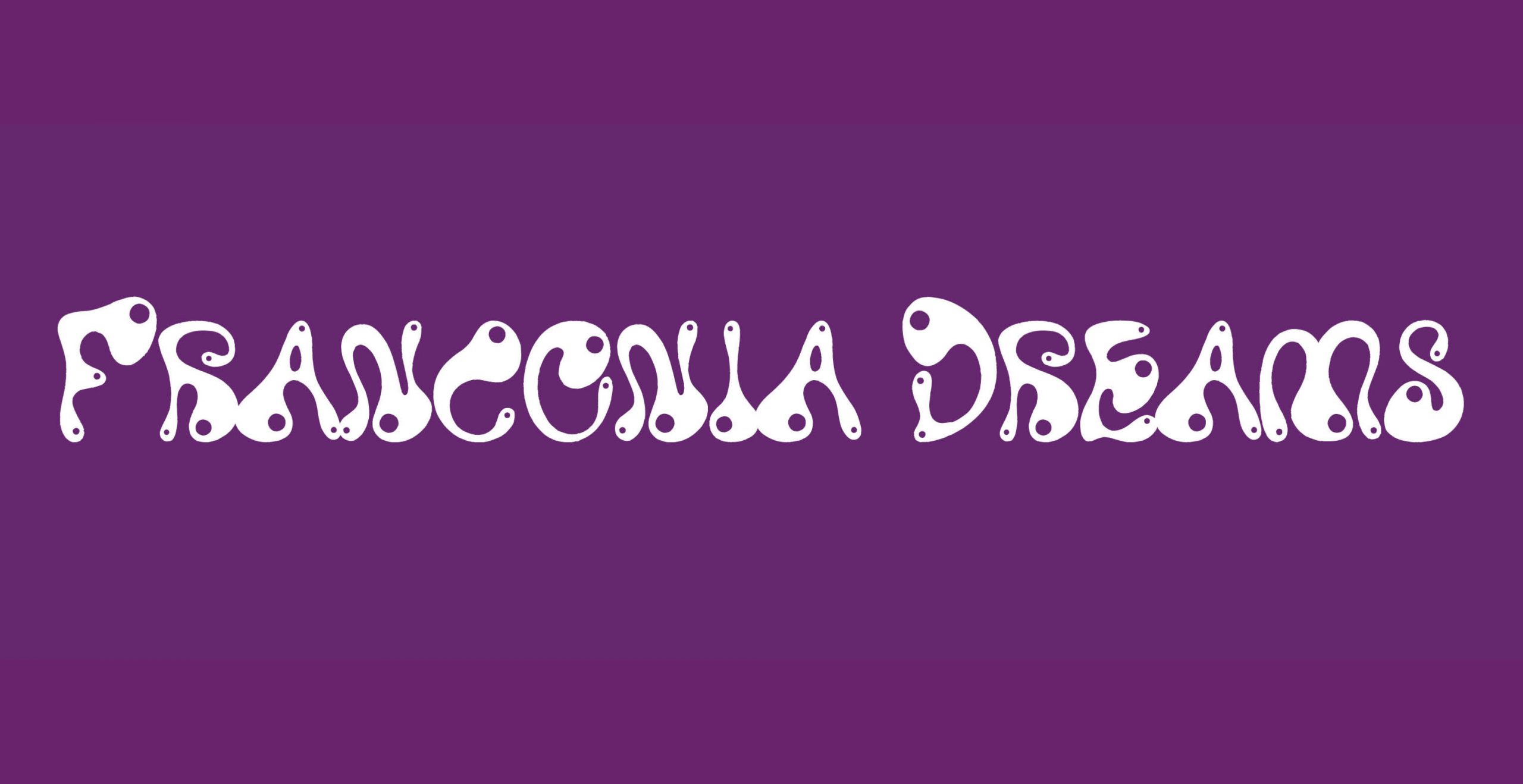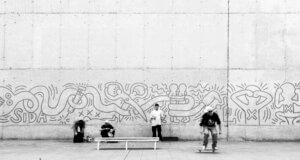It’s been more than five decades since Marina Abramović has shaken the world of performative arts. It is hard to say, ‘it all began when’ followed by a single fact or event because the effects of her work of body go beyond time, space and spoken language. It feels like Abramović has been here since the beginning, and will continue until the end. She’s the needle of the thread that connects life, death, pain, hope and fear — themes that are at the core of her work. And because such themes connect to the very essence of our human existence, they lend themselves to multiple readings across different events.
Abramović’s approach to making and experiencing art is visible everywhere today. Not only is she featured on the cover of the most recent issues of AnOther Magazine and Hube Magazine, but she’s currently hosting the first major solo exhibition of a female artist in the Main Galleries of the Royal Academy of Arts in London. Resembling her 1977 piece Imponderabilia, performed with her husband Ulay, one of the entrances to the exhibition is guarded by two naked people, between whom visitors need to squeeze in to step into the venue. No matter how many years have passed, Abramović’s work is resistant to the passing of time, for it poses pressing questions corresponding to the foundations of modern life.
Looking at the current polarised landscape, where human atrocities are shamelessly being led almost with pride by our unsupported but democratically elected leaders, questions such as, what’s our role as viewers? And, can we trust those in power? Are pouring over us — but no resolutions. There are many concerns and not many ideas about how we can effectively intervene. When do we stop being part of the audience and become the main actors of the performance?
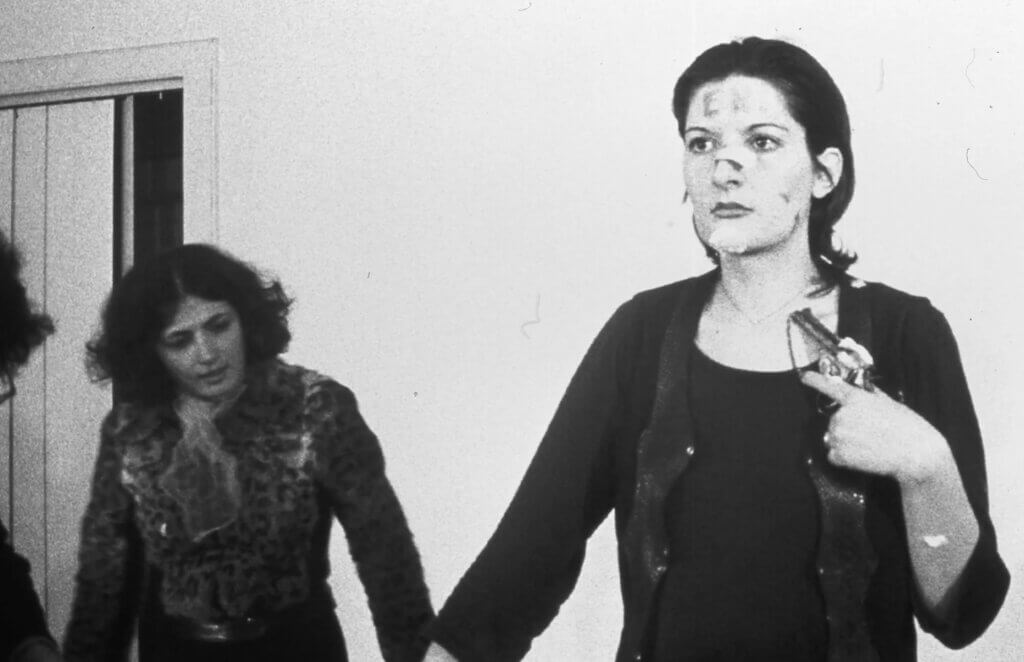
To this question, Rhythm 0 comes to my mind: an overwhelming piece performed in 1974, during which Abramović offered herself as an object of experimentation for the audience. The preceding performances, part of the rhythm series, toyed with the concept of physicality, time, loss of control, danger and pain. But more implicitly, they hovered upon the concept of collective consciousness and energy generated by the clash of emotional stimuli during the long-lasting performances.
Just like it is today exhibited at the Royal Academy in London, a table set up like an altar with 72 different objects on it stood by the entrance in Rhythm 0. The objects, evoking associations to causing either pleasure or pain, such as a candle, a mirror, a gun, and an axe, were available to visitors to use on Abramović as they wished. As declared by the artist back then, she was the object, the objects the props, and the audience the performers.
Although the audience interacted passively and methodically at first, throughout the six-hour performance, they turned every time more active and violent. They — mostly men — used sharp objects to rip her clothes, and when there weren’t more clothes left, they cut into her skin. Photos document how they — again, mostly men — laugh and play around while Abramović stands there in solitude, with tears in her eyes. Isn’t this image reminiscent of today’s administering of mass violence as per the mandate of a few?
As the performance became more violent, many attendees were struck with fear, not knowing anymore whether they were in a performance or witnessing public harassment, while those holding tools, knowing that there was no threat of accountability, became more emboldened to test Abramović’s compliance to remain docile. The performance shed light on the crude reality behind power dynamics, between being the subjects of oppression and the abusers of power.
With her performances, Abramović ritualised simple actions in everyday life to illustrate parallel, if not multiple realities converging at once: in Abramović’s own interpretation, the duality of transformation and resilience in self-discovery, but in our current landscape, the way power dynamics at play give way to the extermination of the soul and body. Our eyes are filled with tears.
*Images via Marina Abramović Institute








